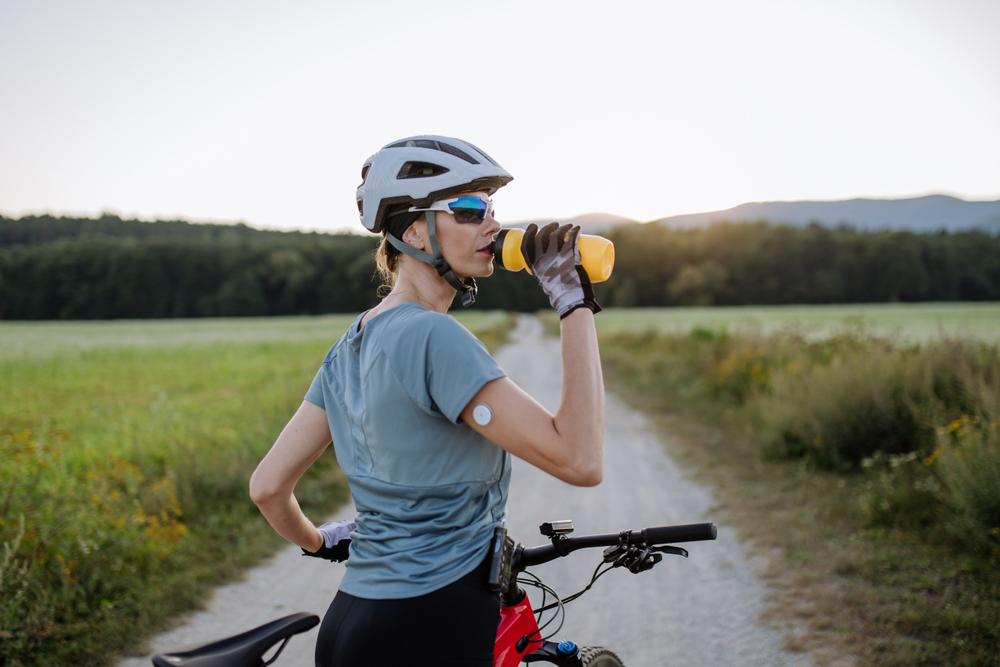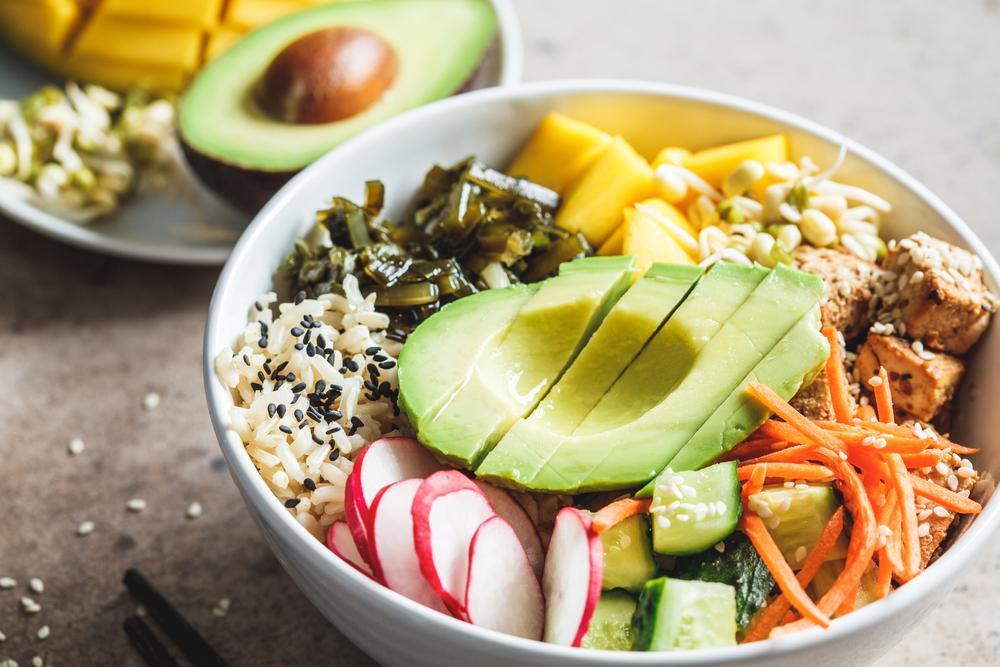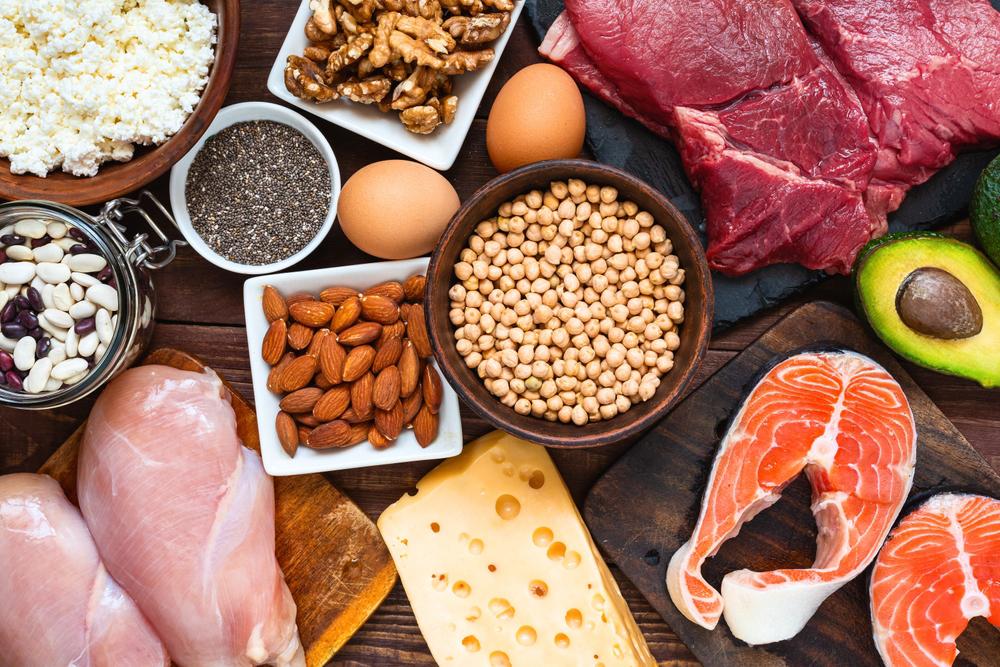 Blood sugar and monitoring blood sugar spikes using a continuous glucose monitor has been making headlines in the health, fitness, and wellness industries in recent years. But is monitoring blood sugar in healthy young athletes actually necessary, or even useful?
Blood sugar and monitoring blood sugar spikes using a continuous glucose monitor has been making headlines in the health, fitness, and wellness industries in recent years. But is monitoring blood sugar in healthy young athletes actually necessary, or even useful?
Here, TrueSport Expert Stephanie Miezin, MS, RD, CSSD, the Director of Nutrition for the NWSL team, KC Current, is explaining what blood sugar levels mean for athletes, whether monitoring these levels ever makes sense, and how coaches can spot early warning signs of low blood sugar during training and competition. Also note that this article is not referring to athletes who have Type 1 or Type 2 diabetes. For athletes who are diabetic, blood sugar must be considered and monitored in a different way.
Do you need to worry about an athlete’s blood sugar levels?
For coaches who only see their athletes during practice, monitoring high and low levels of blood sugar simply isn’t an effective use of time. “There is a lot of hype around things like blood sugar spikes and continuous blood sugar tracking, but most of what’s out there is just noise,” says Miezin. “A lot of it is marketing and fear-mongering, making people think that things like blood sugar spikes are really bad.”
What’s the difference between high and low blood sugar?
Low Blood Sugar: When it comes to blood sugar, low blood sugar is the most likely issue for young athletes. This simply means that the amount of available glucose in the athlete’s body has dropped below the healthy range that allows enough glucose to flow to the brain for proper function. “If an athlete has low blood sugar—also referred to as low blood glucose—then a coach will likely notice that athlete exhibiting a low mood, feelings of fatigue, a lack of concentration, and declining performance,” she explains. Under-fueling, and sometime exercise, can lower blood sugar and begin to cause these feelings.
Low blood sugar, or blood glucose less than 55 mg/dL, is not very common in non-diabetic athletes. If it does occur, it can usually be easily corrected with a carbohydrate-rich snack like crackers or fruit, or beverage like juice or sports drinks. Although not typically dangerous for non-diabetic athletes, low blood glucose does impair both physical and mental performance.
How do athletes avoid low blood sugar? It’s simple: “Help your athletes follow typical sport nutrition and timing recommendations,” Miezin says. “If they’re already following the regular recommendations around the amount of carbohydrates to consume and when, they are going to be inherently addressing this problem of not getting enough energy in the system. As long as they are having enough carbohydrates throughout the day, especially around exercise, then you probably don’t need to worry about low blood sugar.”
If you do suspect that an athlete is starting to feel that ‘bonking’ sensation where they suddenly become grumpy or fatigued, give them a small carbohydrate-based snack or drink and let them rest for a few minutes before resuming play.
High Blood Sugar: “High blood sugar is what happens when our blood sugar spikes up,” says Miezin. “I think that the word ‘spike’ is interesting because it sounds inherently bad. But having blood sugar spikes, which we might categorize as a quick rise and fall of blood glucose, is entirely normal. If it goes up relatively high after eating a carbohydrate-heavy meal or snack, and then comes down relatively fast, that essentially means your body’s working the way that it should. There really isn’t good reason to be concerned about blood glucose spikes in an otherwise healthy person that doesn’t have diabetes.”
“When your blood sugar spikes and then drops, that indicates that the carbohydrates got into your bloodstream, your body recognized that the carbohydrates were there, and quickly moved them from blood into tissues like muscle or the liver,” she adds. “And different foods can affect people differently. Some foods that are going to cause blood glucose to rise higher in one athlete may have a much lesser effect in another athlete. The combination of food and the speed you ate at can also affect whether your blood sugar spikes, as can your stress levels. And the same food can even result in different effects on blood glucose in the same person from day to day. It’s extremely nuanced, which makes it unrealistic for a coach to offer any kind of useful guidance.”
High blood sugar levels only become a problem when associated with high HbA1c, which represents the amount of glucose attached to hemoglobin in one’s red blood cells. This measurement is a long-term trend and can indicate that an athlete is pre-diabetic. However, this test can only be done in a lab, so as a coach, it’s not something you can check for yourself.
What does a continuous glucose monitor (CGM) do and who is it for?
The continuous glucose monitor (CGM) has become more ubiquitous in recent years. Originally used as a measurement tool for diabetics to easily monitor their blood sugar levels throughout the day, the sensor has become popular within the wellness and fitness community. For certain populations of adults struggling with weight and/or prediabetes, Miezin says these monitors may be a useful tool. But for young, healthy athletes, she doesn’t believe the current research in this area supports the need to monitor blood sugar throughout the day. These devices and the software that analyzes the information from them are also expensive and not covered by insurance in most cases.
has become more ubiquitous in recent years. Originally used as a measurement tool for diabetics to easily monitor their blood sugar levels throughout the day, the sensor has become popular within the wellness and fitness community. For certain populations of adults struggling with weight and/or prediabetes, Miezin says these monitors may be a useful tool. But for young, healthy athletes, she doesn’t believe the current research in this area supports the need to monitor blood sugar throughout the day. These devices and the software that analyzes the information from them are also expensive and not covered by insurance in most cases.
It is important to note that some sports, including cycling, have banned CGM use in competition, claiming it may offer athletes a performance advantage. As with any device or supplement, if your athlete is interested in trying a CGM, make sure that your sport doesn’t have any rules or regulations around their use.
How can we regulate blood sugar?
As a coach, the best way to help your athletes maintain healthy levels of blood sugar is simply by encouraging basic healthy eating habits at all times, but especially around training and competition. Athletes should be using the ‘Performance Plate’ models to build meals that fuel their bodies appropriately, and ensuring that before and during practice, they’re consuming adequate calories and drinking enough water.
“If it seems like an athlete is really tired, is in a poor mood, can’t concentrate, is making poor tactical decisions, or their performance has decreased rapidly, those are potential signs for low blood glucose that a coach can look out for,” Miezin says. “In that case, ask questions. For example: Did you have enough to eat today? Did you have a snack before you came to practice? Do you feel like you need a snack now? And of course, if your athlete does want to stop and eat a snack and have a drink, let them.”
“With young athletes, we need to always come back to the foundational information and guidance we already have around sport nutrition,” Miezin says. “Don’t get carried away with these trends around glucose. Yes, it’s interesting and it surely impacts our athletes. However, we also know that our sports nutrition basics go a long way to keeping an athlete’s blood sugar levels stable.”
_____________________
Takeaway
While blood sugar monitoring is becoming trendier in the wellness space and even with some high-level athletes, it’s unlikely that your athlete’s blood sugar is cause for concern. Instead, focus on overall fueling and hydration techniques in and around practice, and use hunger and thirst cues rather than specific blood sugar markers. However, if your athlete has diabetes, it is important to work with them, their caregivers, and any medical professionals necessary to ensure they’re able to properly monitor and control their blood sugar.



